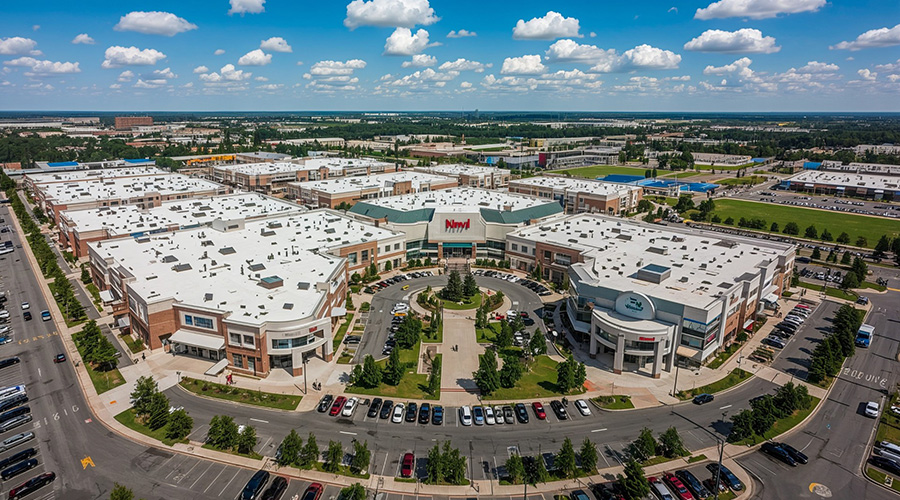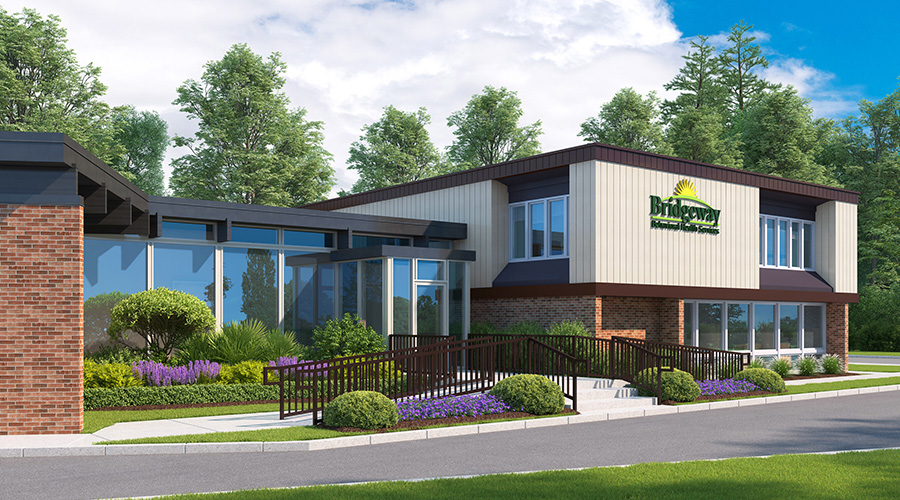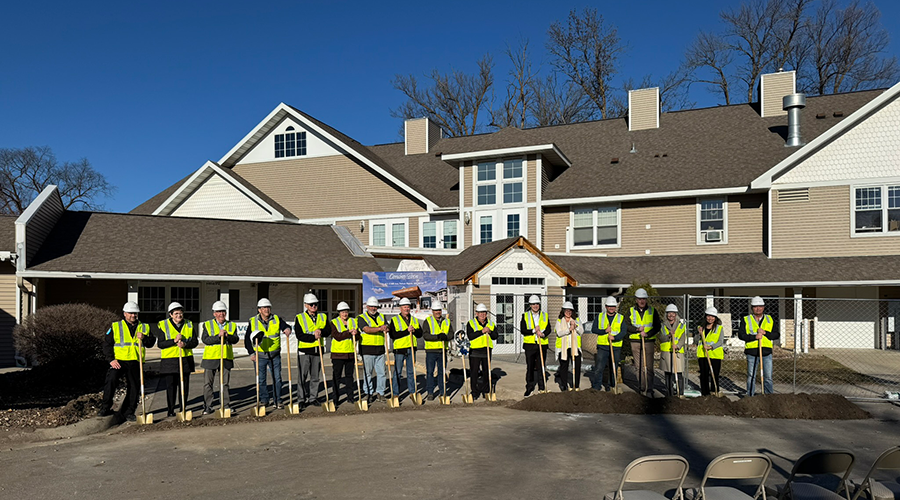As hospitals face increasing demands to cut emissions while managing tight budgets, efficiency offers one of the most immediate paths forward. Health Care Without Harm & Practice Greenhealth’s Health Care Energy & Water Efficiency Checklist was designed to help healthcare facilities teams uncover low- and no-cost opportunities to save resources, lower costs and support decarbonization efforts.
Healthcare Facilities Today spoke with Keith Edgerton, director of climate solutions at Health Care Without Harm & Practice Greenhealth, about how the checklist came to be, and how healthcare facility managers can put it to work in their own buildings.
HFT: Can you explain the purpose of the Health Care Energy & Water Efficiency Checklist and how it was developed?
Keith Edgerton: Energy and water efficiency are key pillars of decarbonization. Our organization believes in the science of climate change, and that science tells us we must cut emissions across all three scopes – direct, indirect, and supply chain – by 50 percent by 2030 and reach net-zero by 2050.
Of course, “net-zero” doesn’t mean zero emissions. Some residual emissions will remain from existing infrastructure or areas where technology hasn’t caught up yet. While decarbonization offers long-term returns, it requires upfront investment. That’s a major hurdle for U.S. healthcare systems already under financial strain.
Even health systems that believe in the science and recognize the link between climate and human health often can’t afford the costs of decarbonization. That’s where energy and water efficiency come in. Efficiency directly supports emissions reduction while lowering operating costs.
Healthcare is resource-intensive – high energy and water use, extensive waste streams – and if the global healthcare sector were a country, it would be the fifth-largest greenhouse gas emitter in the world. Efficiency helps ease that impact. In my experience working for a Providence health system in Washington state, projects typically paid back in less than five years, sometimes under three. Utilities also offer incentives because it’s cheaper for them to help organizations save resources than to expand infrastructure.
Related Content: Sustainability as a Baseline in Healthcare Facilities
Efficiency projects are one of the few ways healthcare facilities can meaningfully cut costs without affecting patient care. That’s why we developed a checklist focused on low- and no-cost opportunities. These are projects that don’t require new equipment, permits or engineers, but make better use of existing systems while maintaining comfort and meeting regulations.
Hospitals can’t simply “shut off” like office buildings. They must maintain airflow and pressure requirements in critical spaces. But even within those constraints, there are ways to save. Facilities teams can use the checklist to audit their systems, identify unchecked boxes and find cost-saving opportunities.
The goal is to reinvest those savings, along with any utility incentives, into larger infrastructure upgrades. This creates a self-sustaining cycle where buildings grow and serve more people without increasing energy costs. Many health systems just need help getting started. Sustainability professionals without a facilities background want to understand where to begin, and this checklist gives them a practical, accessible place to start.
HFT: How can healthcare facility managers practically apply this checklist to identify efficiency opportunities within their own healthcare buildings?
Edgerton: The checklist is meant to be a practical tool. Sit down with your staff, go through it line by line and mark what’s been done. If a project is complete, check the box; if not, that blank space becomes an opportunity.
Some of these items are simple, for example, realizing that condenser coils haven’t been cleaned regularly and setting up a preventive maintenance plan. Others are more technical, like conducting a full airflow, or cubic feet per minute (CFM), study to evaluate each room’s air changes per hour. You might find you’re over-ventilating some spaces and wasting energy.
When I did this at the hospital I worked in, we discovered about 10,000 CFM of wasted airflow. With savings of roughly a dollar per CFM, that was an easy $10,000 in reduced energy use, and no one noticed any change in comfort or performance. As utility rates keep rising, those savings grow year after year.
Some projects require more effort, but many are straightforward; it’s about putting a plan in place. For instance, in a cohort we supported with rural and safety-net hospitals, we found most hadn’t implemented any water-saving measures. When we walked through the water section together, the opportunities were obvious: over-irrigation, no sewer deducts, sprinklers running in the rain. All those issues can be fixed with little cost and no disruption to operations.
The key is collaboration. Forming a relationship between sustainability and facilities teams, working through the checklist systematically and starting with the easy wins. Those early successes build confidence, demonstrate measurable savings and create momentum for tackling more complex projects down the road.
Jeff Wardon, Jr., is the assistant editor of the facilities market.

 Healthcare Is the New Retail
Healthcare Is the New Retail Bridgeway Behavioral Health Services Launches Campaign to Renovate Health Center
Bridgeway Behavioral Health Services Launches Campaign to Renovate Health Center Ground Broken for New North Dakota State Hospital
Ground Broken for New North Dakota State Hospital AI Usage for Healthcare Facilities
AI Usage for Healthcare Facilities Ground Broken on Pelican Valley Senior Living Modernization Project
Ground Broken on Pelican Valley Senior Living Modernization Project